The girl with ‘spun glass hair’: Meet the eight-year-old with a mane that can’t be combed
North Yorkshire mother Emma Wilson, 41, says her daughter Holly is one of only 100 people on Earth diagnosed with a genetic disorder that gives her wild, unruly hair
A mother who affectionately called her daughter “a little scarecrow” when she was tiny because of her uncombable hair syndrome says the eight-year-old has blossomed into a style icon boasting a multi-coloured “lion’s mane.”
One of only 100 people worldwide thought by scientists to have been diagnosed with the rare genetic condition causing dry, frizzy hair that cannot be combed flat, rather than wanting to tame her crowning glory, Holly Wright, loves it, according to her mother, Emma Wilson, 41.
Concerned she might be teased when she started school, the social worker, who lives in Northallerton, North Yorkshire, with Holly and her identical twin brothers, Daniel and Charlie, five, whose hair is straight, said that her daughter celebrates looking different.
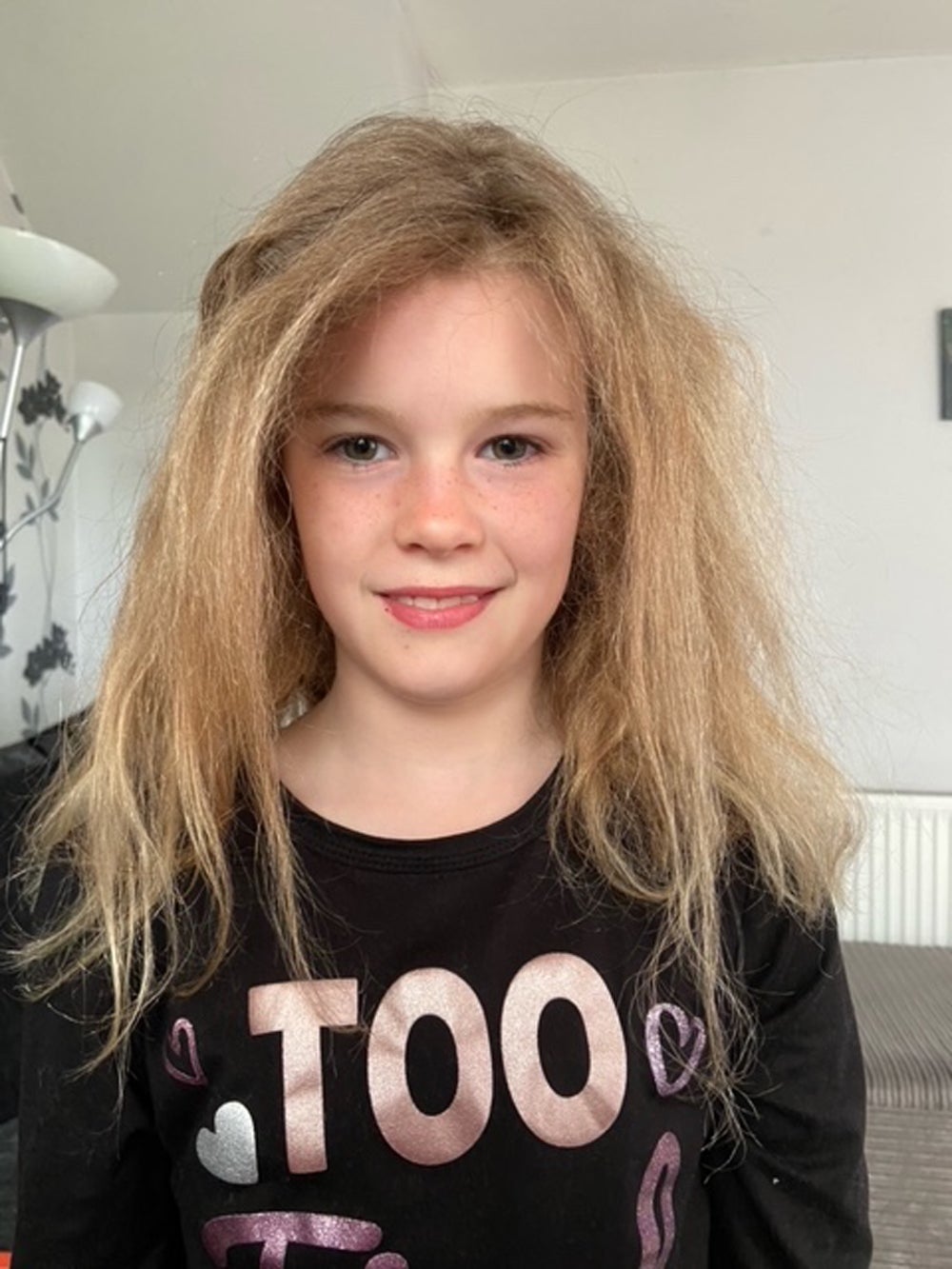
Emma, who no longer lives her children’s dad, Carl Wright, 36, said: “Holly is really proud of her hair. If anything, she is a bit sad that her wild hair is calming down as she gets older – which is a characteristic of the condition.
“She’s very sociable and outgoing and very confident in herself and so she loves having different hair.”
And she is in very good company, as other famous names thought to have uncombable hair syndrome UHS – which is also known as spun glass hair and is rarely given a formal diagnosis – include Prime Minister Boris Johnson, his son Wilfred and scientific genius Albert Einstein.
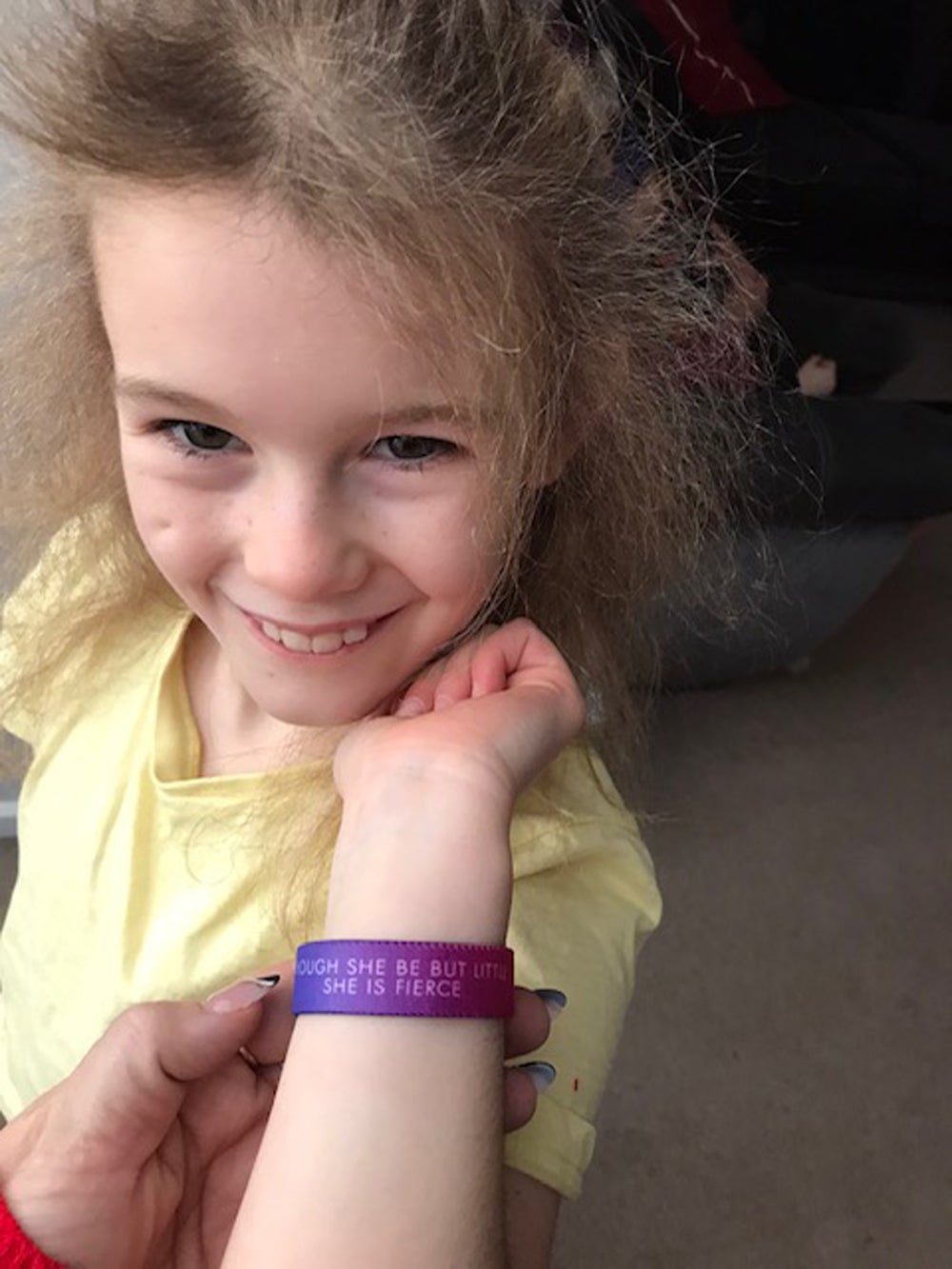
Emma, who specialises in working with mental health, believes Holly’s UHS was passed down on her side by her dad, Peter, 68, whose hair was remarkably similar.
Having stumbled across the condition on a Facebook group she joined for parents trying to cope with their kids’ unruly hair when Holly was a toddler and seeing a photo of another child with the same scarecrow look, she said: “We didn’t have a formal diagnosis until 2019 when we went on BBC1’s The One Show.
“We were sent to see a trichologist, or hair specialist, in Manchester who did the testing and confirmed what I already knew about Holly’s hair.”
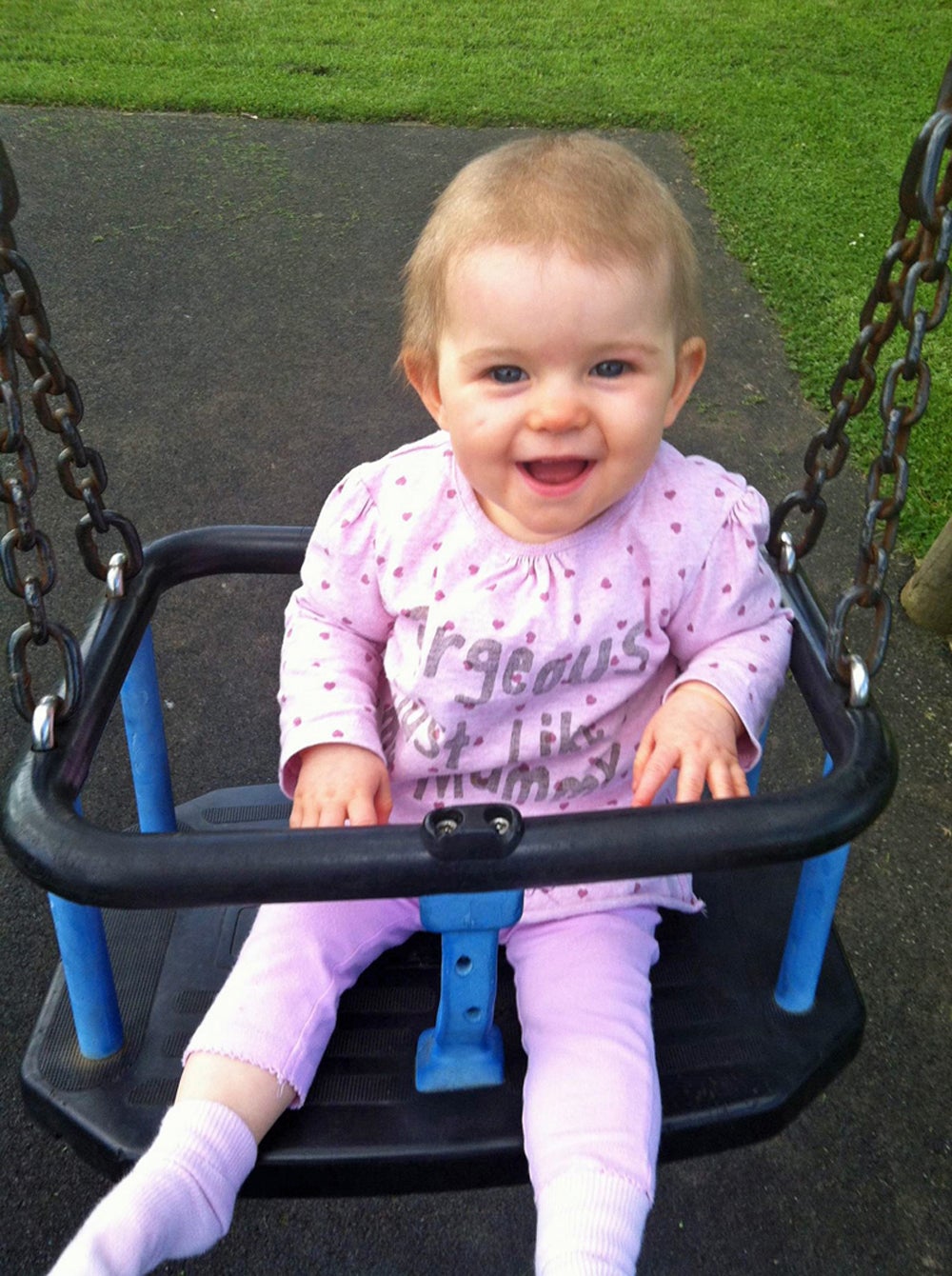
She added: “The trichologist told us that, as Holly gets older, her hair will become more manageable and that’s already the case, but what I didn’t expect was that Holly would not want it to change.”
And, rather than bullying her, the other children at school were fascinated by Holly’s hair.
Emma, who is in a new relationship, said: “When she started school, there was no bullying.”
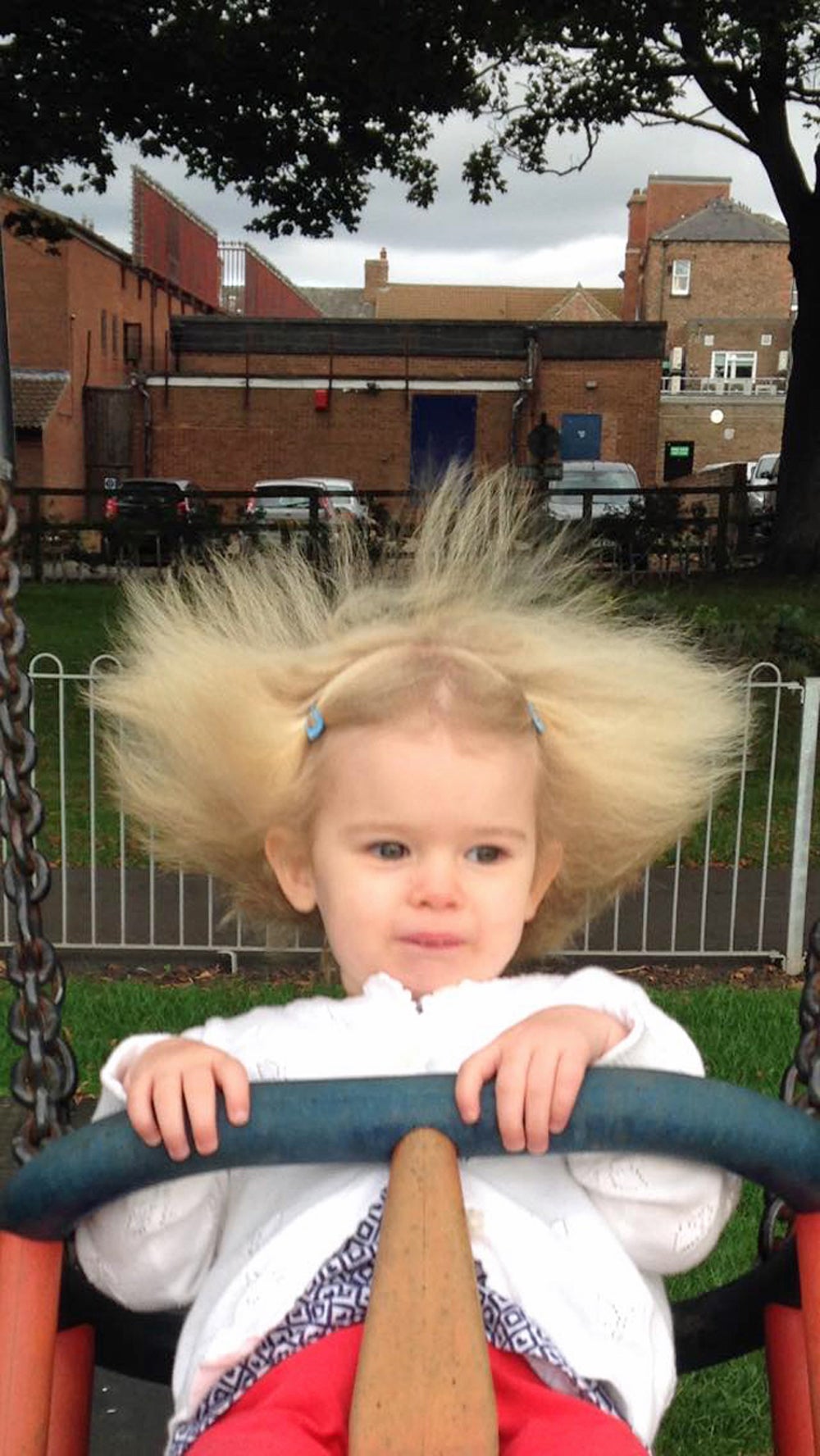
“The other kids just wanted to stroke her hair which looks frizzy, but which is actually very soft and fluffy to touch.
“In fact, it was never other kids but adults who made upsetting comments like, ‘Did she put her hand in the socket?’ when we were out.
“When people did make comments in front of her, I would always just say, ‘I think her hair is beautiful,’ so she would not grow up feeling bad about herself or how she looks.”
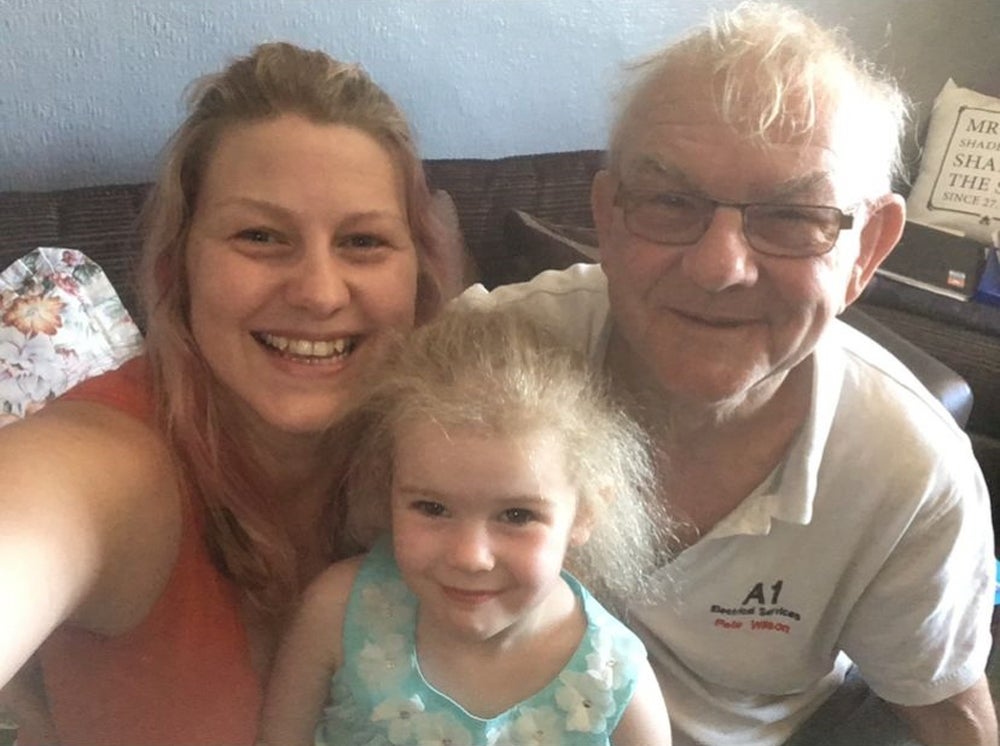
And when Holly met another girl with UHS on The One Show, after admiring her longer locks, she wanted to grow hers too – making even more of a feature of it when her mother put pink streaks into her own hair, by asking if she could have some too.
Emma said: “Holly has a really positive identity, and her hair hasn’t damaged her confidence in any way. She is a very strong willed and assertive little girl, and she likes the fact her hair is unique to her.”
Researchers now know that UHS is the result of a mutation in three genes that tell the body how to make the hair strands on your head.
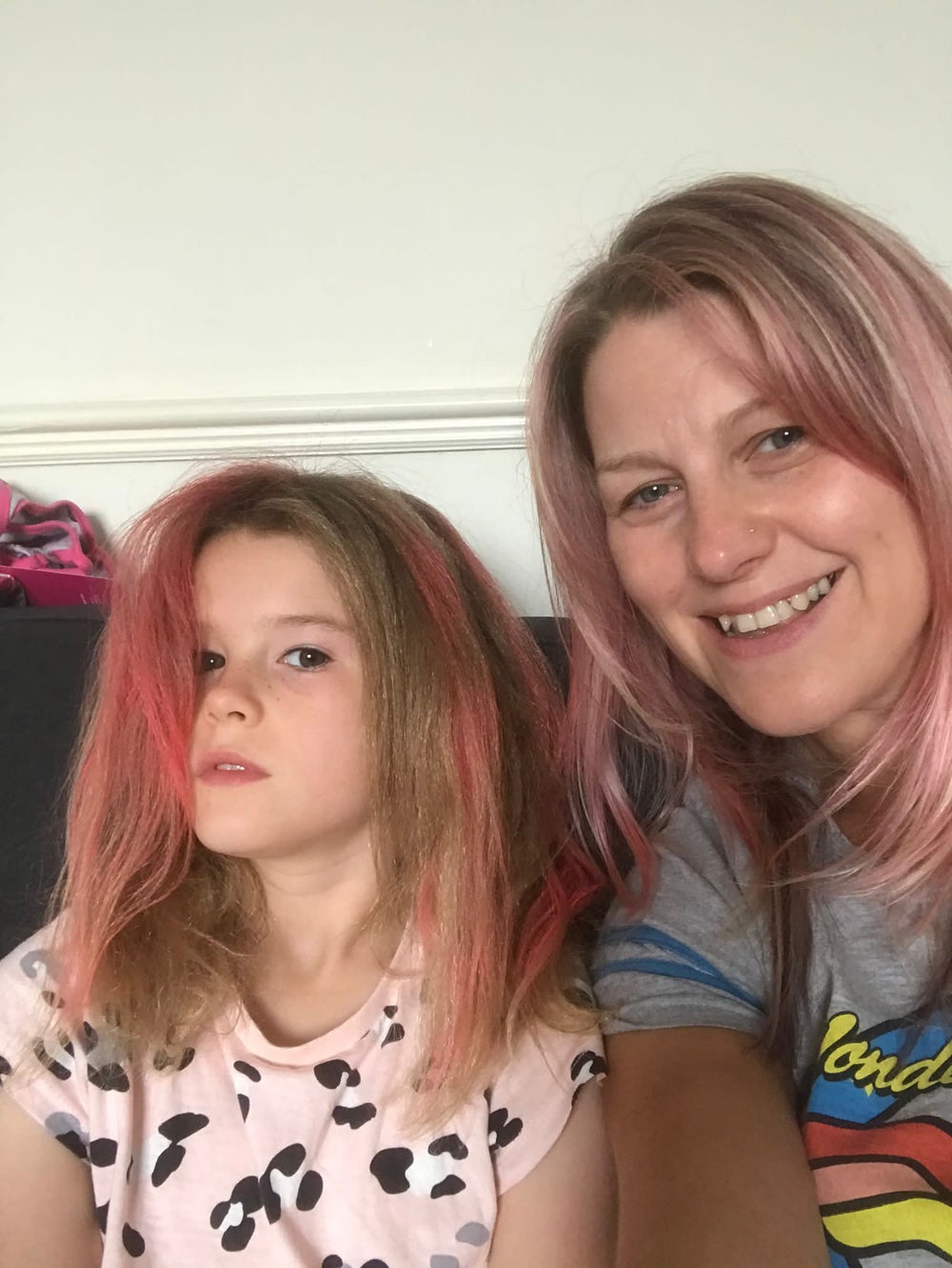
Typical signs of the condition, which usually shows up in children aged between three months and 12 years, include white/silvery coloured hair, which is dry and coarse and grows in kinks.
UHS has also been linked to other medical conditions, none of which Holly has, with the only other difference between her and her twin brothers being that her fingernails seem to grow faster, according to her mother.
While the parents of children with UHS are advised to use soft brushes and to avoid hairdryers, so they do not damage the hair, Emma usually lets Holly choose if she wants her mane to dry naturally or prefers to use a hairdryer.
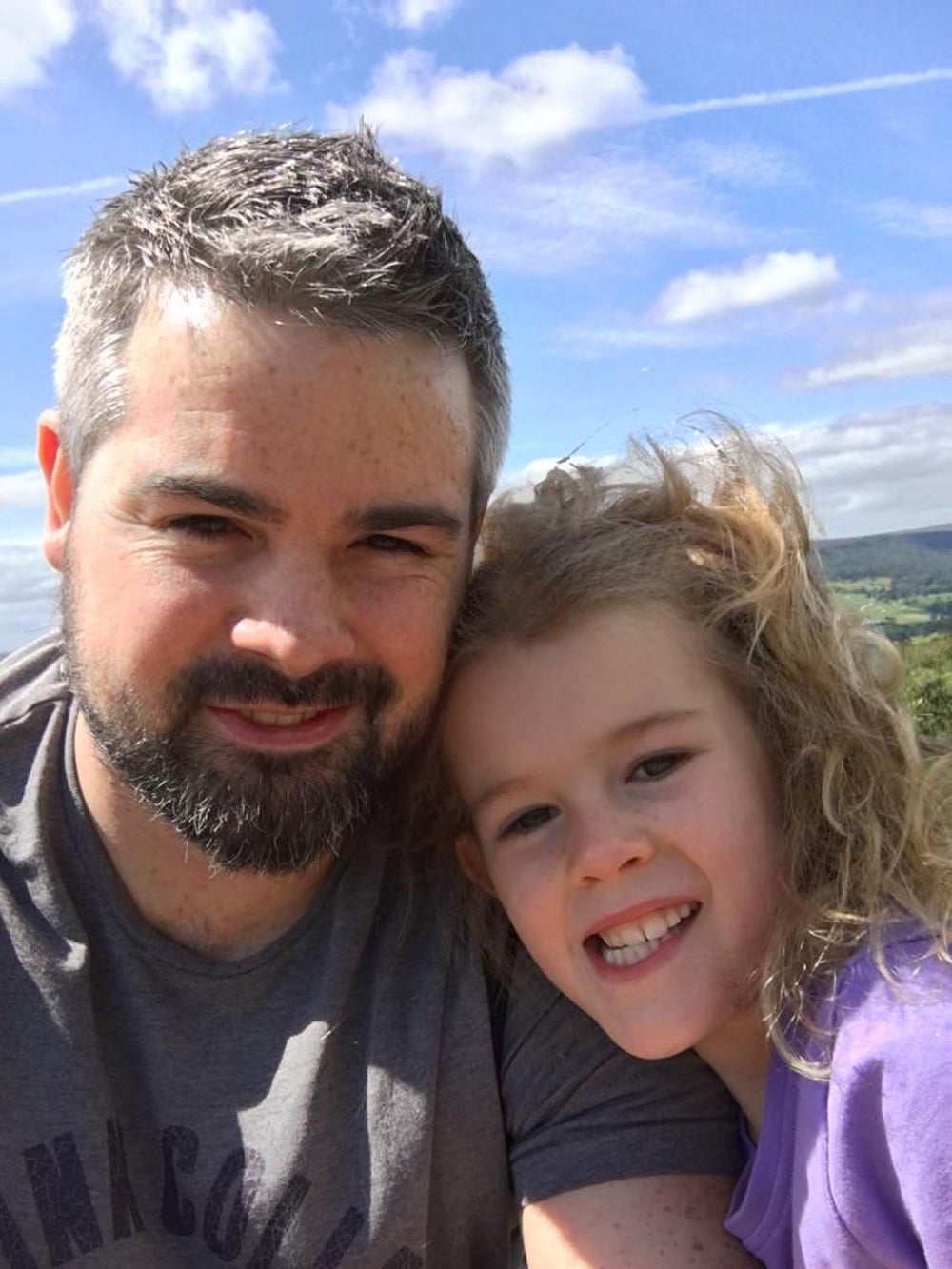
The football mad girl, who supports Leeds United and wants to be a post lady when she grows up, already has clear ideas on how she wants her hair to look.
Emma said: “She knows what she likes and sometimes I’ll plait it for her to sleep in, so it looks crimped the next day.
“But for school and especially PE, she just likes it up and off her face.”
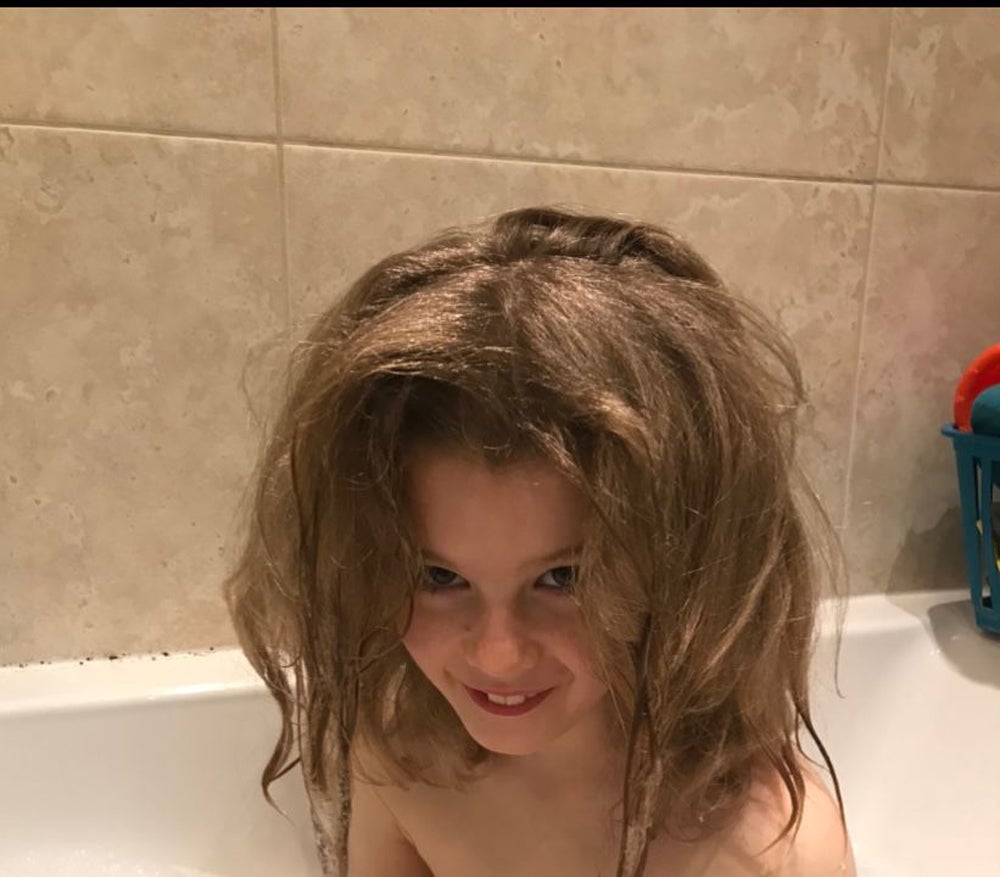
“We wash Holly’s hair once a week on a Monday night and after using a normal moisturising shampoo and conditioner, I will use argan oil on her hair to keep it moisturised. It never gets greasy, so washing it once a week is enough.
“It’s great that Holly is so proud of her hair and of how unique it is, and I think it actually suits her personality.
“It is like a beautiful Lion’s mane. So, being a Leo, I think of her as my little lioness.”
Bookmark popover
Removed from bookmarks